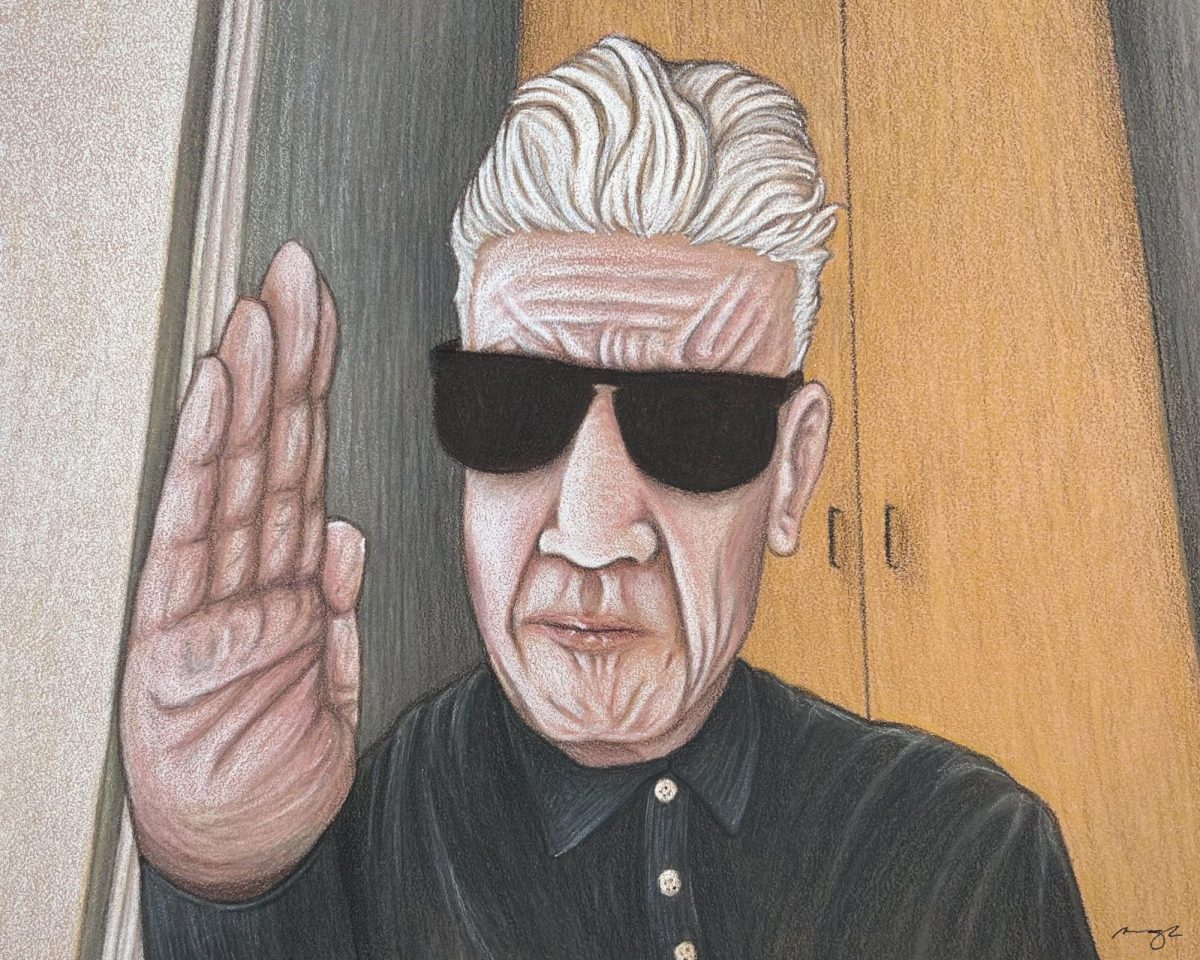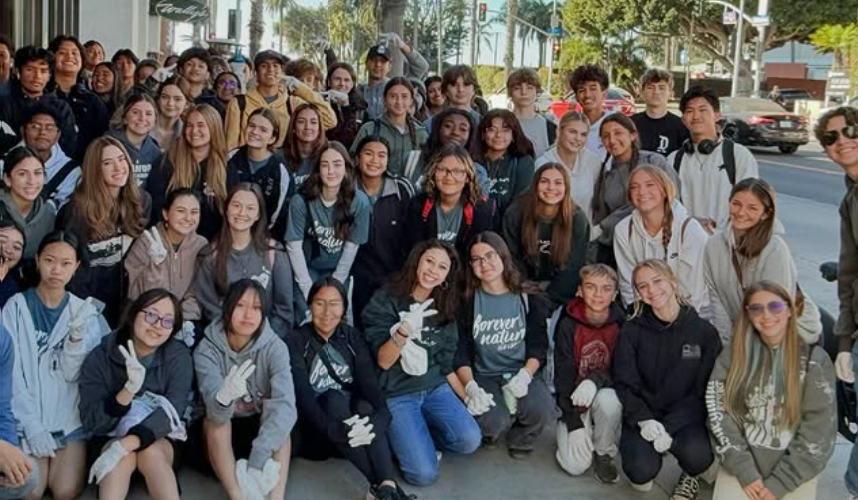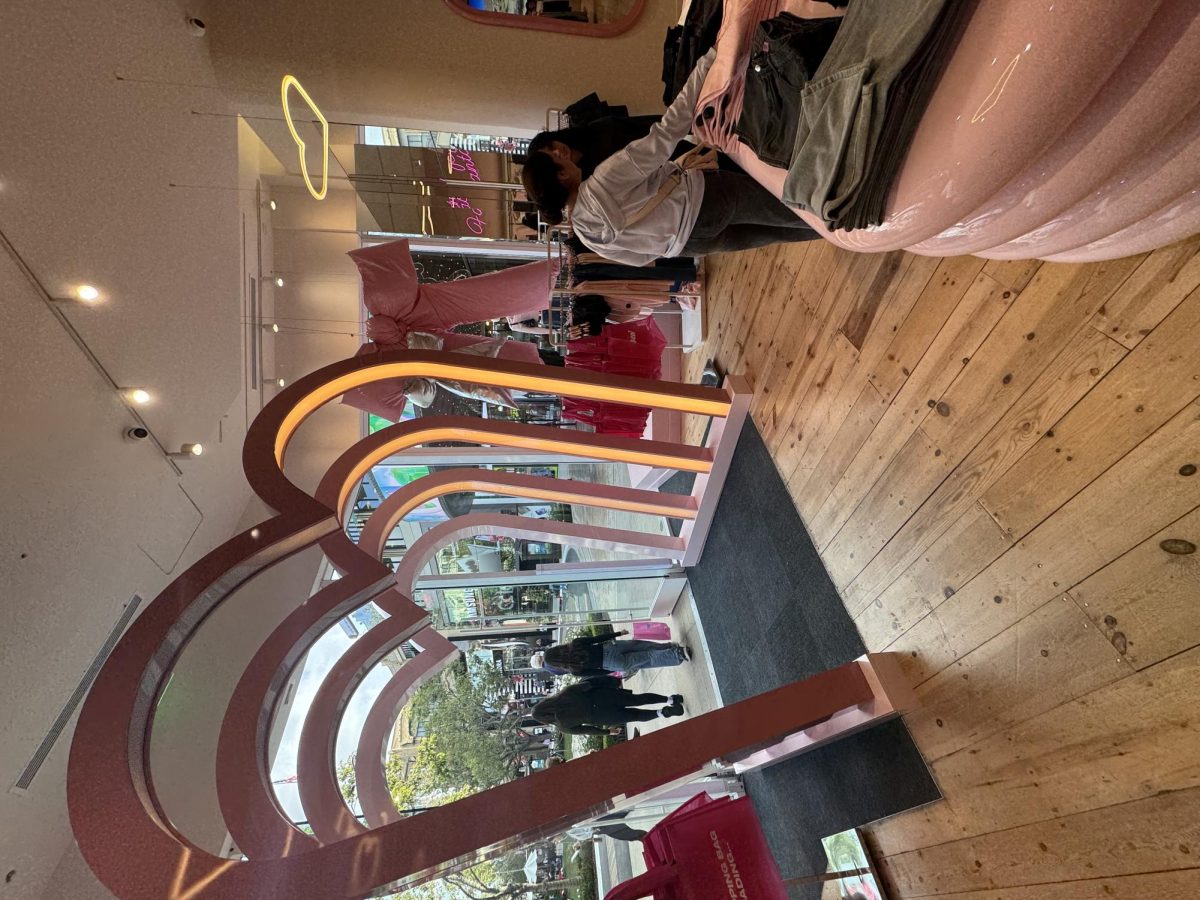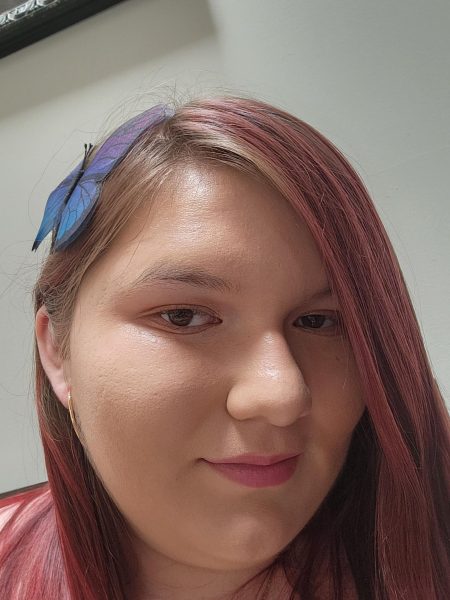With Halloween coming up, everyone is planning what they want their costume to be, where they are going trick or treating, or what terrifying movies to watch at night, but this wasn’t always the case. Around 2,000 years ago, the Celts believed that the day before their new year, which at the time was on Nov. 1, was when the dead roamed the realm of the living. Though, back then, it wasn’t called Halloween yet, it was called Samhain.
According to the History Channel, “Celts thought that the presence of the otherworldly spirits made it easier for the Druids, or Celtic priests, to make predictions about the future. For a people entirely dependent on the volatile natural world, these prophecies were an important source of comfort during the long, dark winter.” So, to commemorate the holiday, the Druids would light sacred bonfires where they sacrificed crops and animals to please the Celtic deities.
These rituals also started the tradition of wearing costumes, which were made of animal skins and heads, as they attempted to read each other’s fortunes. Afterwards, they would light hearth bonfires in order to protect themselves from the coming winter. However, 400 years after the Roman Empire took over most of Celtic territory in 43 A.D, two Roman festivals were combined with Samhain.
One of the festivals that was combined with traditional Samhain was called Feralla, which celebrated the passing of the dead. The other festival was to honor the fruits and trees of Pomona, a Roman goddess who is associated with the harvest and fruits. This festival was the origin of the classic game of bobbing for apples, since the symbol of Pomona was the apple.
Soon afterward during the 9th century, Christianity had begun to blend into traditional Celtic rites. In 1000 A.D., the Western church had made Nov. 2, All Souls Day, starting the belief that they were trying to replace the Celtic tradition with a church sanctioned holiday. The celebration was also known as All Hallows Eve, which is where the holiday got its name from.
Eventually, the holiday made its way to America, where a variety of different European customs were mixed with the customs of Native Americans. This began the American version of Halloween. During the holiday, they celebrated the harvest, shared stories of those who had passed on, told each other’s fortunes, and danced.
The holiday soon spread across the nation as people started to take part in the festivities and began to dress up in costumes and go door-to-door asking for food and money, which soon turned into trick or treating, the tradition kids know and love today. Soon, Halloween became less about superstition and keeping away the spirits, and more about festivals and get-togethers with the introduction of these new traditions.
Now, Halloween is one of the biggest and most beloved holidays, with Americans spending more than $6 billion annually. So this year while you are either out getting treats or inside getting frightened by horror movies, make sure to watch your back and keep an eye out for any wandering spirits.







